Deep in the frozen expanse of the Arctic, on the remote Norwegian archipelago of Svalbard, lies humanity’s ultimate insurance policy against catastrophe. The Svalbard Global Seed Vault, often referred to as the "Doomsday Vault," is a subterranean fortress designed to safeguard the world’s agricultural heritage. Carved into the permafrost of a mountain near Longyearbyen, this facility holds over 1.3 million seed samples, representing the planet’s most vital crops. Its mission is simple yet profound: to ensure that no matter what disasters befall civilization—whether war, climate change, or cosmic calamity—the building blocks of our food supply remain intact.
The idea of a global seed vault was born out of necessity. As biodiversity dwindles and climate instability threatens traditional farming, the need for a fail-safe repository became undeniable. The Norwegian government, in collaboration with the Crop Trust and the Nordic Genetic Resource Center, spearheaded the project, which opened its doors in 2008. The location was chosen for its geological stability, remoteness, and naturally freezing temperatures, which provide ideal conditions for long-term seed preservation. The vault’s design is both pragmatic and symbolic—a stark, angular entrance juts out from the snow-covered landscape, leading to a tunnel that descends 130 meters into the mountain. Inside, three vault chambers are kept at a constant -18°C, ensuring the seeds remain viable for centuries, if not longer.
The scale of the Svalbard Seed Vault’s collection is staggering. It houses duplicates of seeds from nearly every country on Earth, creating a genetic mosaic of global agriculture. From staple crops like wheat, rice, and maize to regional varieties of beans, lentils, and even rare wild relatives of domesticated plants, the vault is a living library of botanical resilience. Each sample is carefully packaged in heat-sealed foil and stored in standardized boxes, stacked on shelves like the world’s most precious filing system. The vault’s contents are not owned by Norway or any single entity; instead, they remain the property of the institutions or nations that deposited them, with the vault serving as a backup for their own seed banks.
One of the most remarkable aspects of the Svalbard vault is its role as a lifeline during crises. In 2015, war-torn Syria became the first country to withdraw seeds from the vault. Researchers from the International Center for Agricultural Research in the Dry Areas (ICARDA), forced to relocate from Aleppo to Lebanon due to the Syrian civil war, retrieved duplicates of their collections to restart their work. This event underscored the vault’s purpose: it is not just a static archive but a dynamic resource meant to be used when disaster strikes. The returned seeds included drought-resistant varieties of wheat and barley, crops critical for feeding populations in arid regions—proof that the vault’s contents are as much about the future as they are about preservation.
Climate change looms as both a threat and a validation of the vault’s existence. Rising global temperatures and extreme weather events are already disrupting agriculture, making crop diversity more essential than ever. Yet, even the Doomsday Vault is not entirely immune to the effects of a warming planet. In 2016, unexpected permafrost melt caused water to seep into the vault’s entrance tunnel, though no seeds were damaged. The incident prompted upgrades to the facility, including improved waterproofing and drainage systems. It was a reminder that even in one of the most stable environments on Earth, nothing can be taken for granted.
The Svalbard Global Seed Vault is more than a scientific endeavor; it is a testament to international cooperation. In a world often divided by politics and conflict, the vault represents a rare consensus—a shared understanding that food security transcends borders. Depositing seeds in the vault is an act of trust, a commitment to collective survival. Countries as diverse as North Korea, the United States, and Iran have all contributed, setting aside geopolitical tensions for the sake of safeguarding humanity’s common heritage. The vault’s very existence is a quiet rebuke to short-term thinking, a monument to the foresight required to confront long-term global challenges.
Looking ahead, the vault’s custodians envision an even larger role for the facility. Plans are underway to expand its capacity, allowing it to house up to 4.5 million seed samples. As new threats emerge—from pandemics to nuclear winter scenarios—the need for such a repository will only grow. Scientists are also exploring the potential of storing plant DNA or even microbial cultures, broadening the scope of what the vault can protect. Yet, for all its high-tech infrastructure and existential importance, the Svalbard Seed Vault remains, at its core, a humble yet profound idea: that by preserving the seeds of today, we can cultivate hope for tomorrow.
In the end, the Doomsday Vault is not just about surviving catastrophe. It is about ensuring that even in the darkest of times, the tools for renewal are within reach. The 1.3 million seeds nestled in the Arctic permafrost are more than genetic material; they are a promise—a promise that no matter what the future holds, life will find a way to begin again.

By /Aug 4, 2025
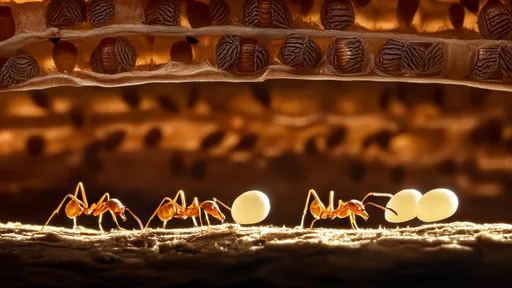
By /Aug 4, 2025
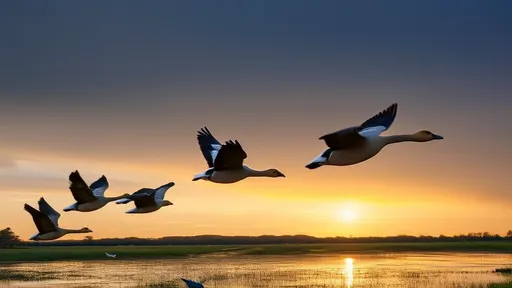
By /Aug 4, 2025
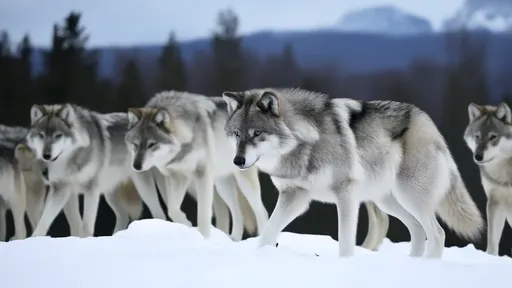
By /Aug 4, 2025
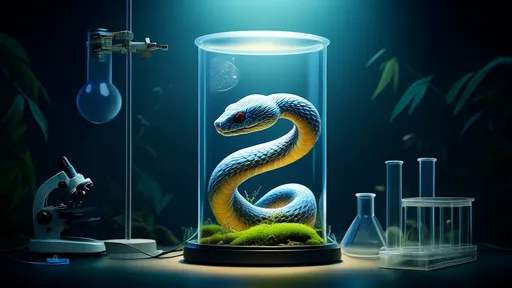
By /Aug 4, 2025

By /Aug 4, 2025
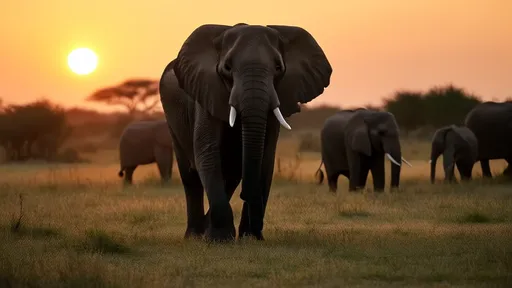
By /Aug 4, 2025
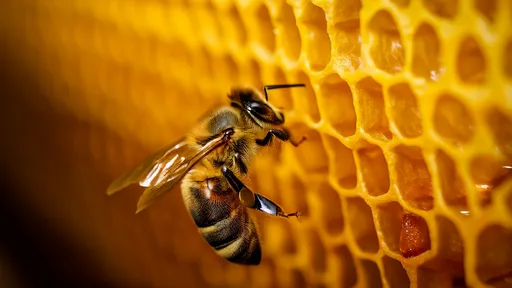
By /Aug 4, 2025

By /Aug 4, 2025
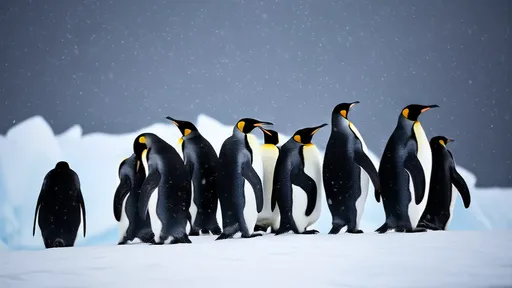
By /Aug 4, 2025
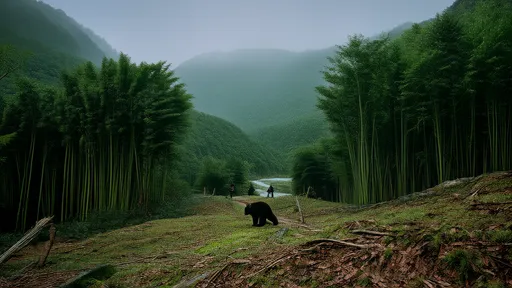
By /Aug 1, 2025
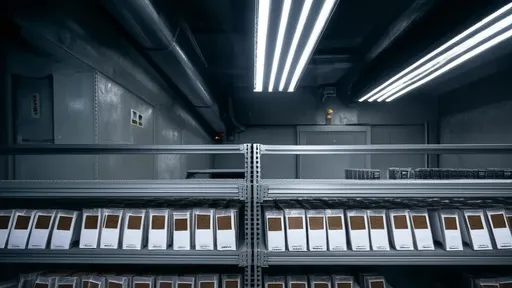
By /Aug 1, 2025
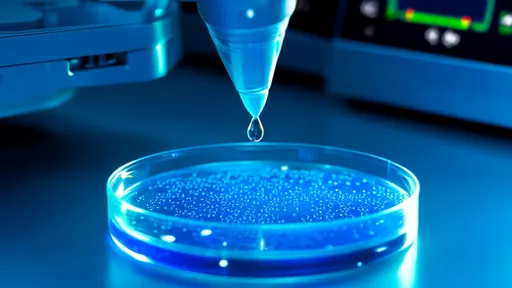
By /Aug 1, 2025
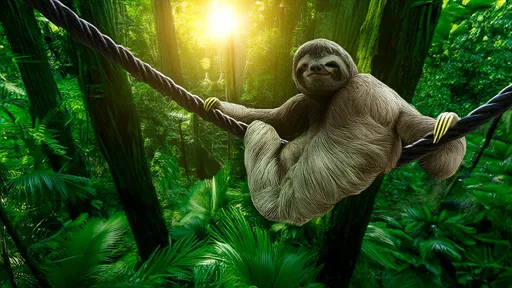
By /Aug 1, 2025
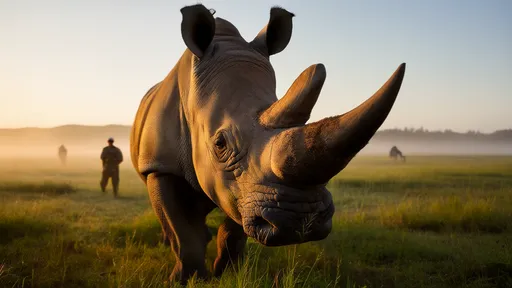
By /Aug 1, 2025

By /Aug 1, 2025
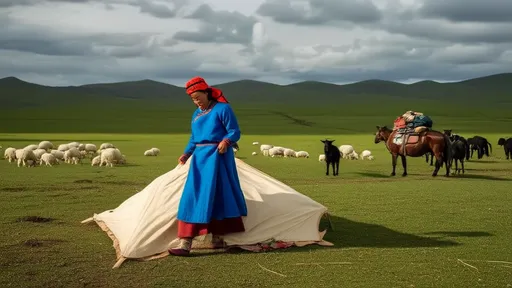
By /Aug 1, 2025
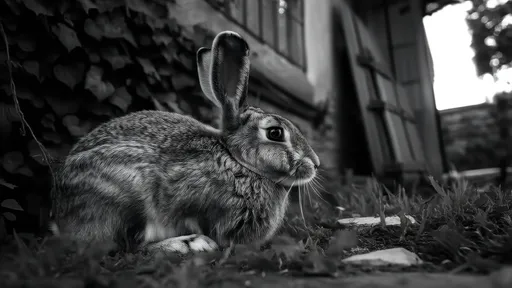
By /Aug 1, 2025

By /Aug 1, 2025

By /Aug 1, 2025